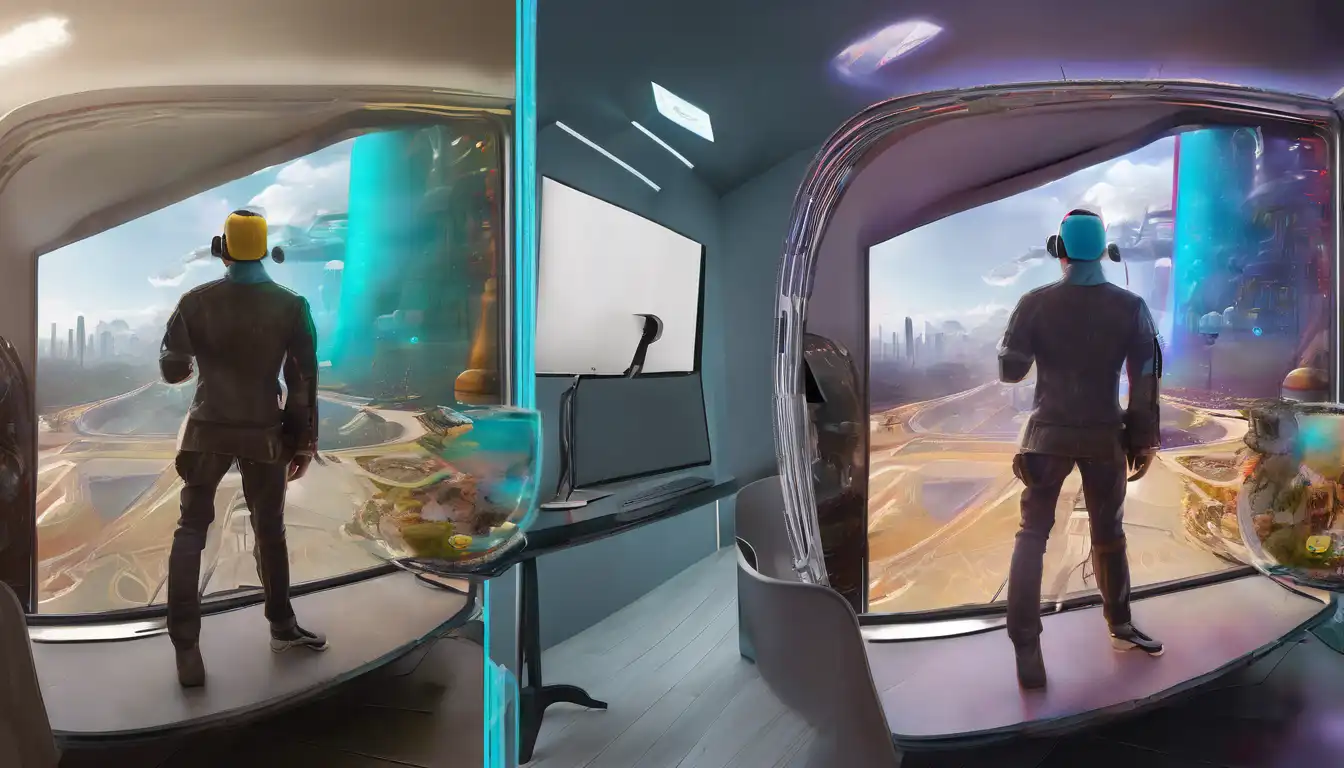Understanding Virtual Reality and Augmented Reality
In the rapidly evolving world of technology, Virtual Reality (VR) and Augmented Reality (AR) stand out as two of the most exciting and innovative developments. While they are often mentioned in the same breath, VR and AR offer distinctly different experiences. This article delves into the key differences between these two technologies, helping you understand their unique features and applications.
What is Virtual Reality?
Virtual Reality is a fully immersive technology that transports users into a completely virtual environment. By wearing a VR headset, users are cut off from the real world and immersed in a digital one. This technology is widely used in gaming, training simulations, and virtual tours.
What is Augmented Reality?
Augmented Reality, on the other hand, overlays digital information onto the real world. Unlike VR, AR does not create a fully immersive environment but enhances the real world with digital details. Popular applications of AR include mobile games like Pokémon GO and retail apps that allow you to visualize furniture in your home before buying.
Key Differences Between VR and AR
The primary difference between VR and AR lies in their level of immersion. VR offers a completely virtual experience, while AR enhances the real world with digital elements. Here are some other notable differences:
- Hardware Requirements: VR typically requires a headset and sometimes additional equipment like gloves or controllers. AR can often be experienced through smartphones or lightweight glasses.
- Use Cases: VR is ideal for scenarios where complete immersion is beneficial, such as gaming or training. AR is more suited for applications where interaction with the real world is necessary, such as navigation or retail.
- User Interaction: In VR, users interact solely with a virtual environment. AR allows users to interact with both digital and real-world elements simultaneously.
Choosing Between VR and AR
Deciding whether to use VR or AR depends on your specific needs. If you're looking for an entirely immersive experience, VR is the way to go. However, if you want to enhance the real world with digital information, AR is the better choice. Both technologies have their place in the tech landscape and are continually evolving to offer even more exciting possibilities.
Future of VR and AR
The future of VR and AR is incredibly promising, with advancements in technology making these experiences more accessible and realistic. From education to healthcare, the potential applications of VR and AR are vast. As these technologies continue to develop, we can expect to see even more innovative uses that blur the lines between the digital and physical worlds.
For more insights into the latest tech trends, check out our articles on emerging technologies and how they're shaping the future.
